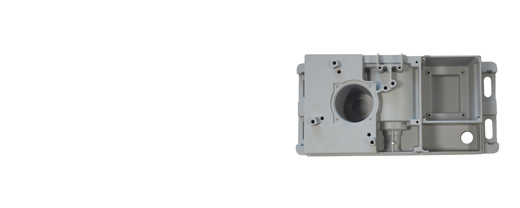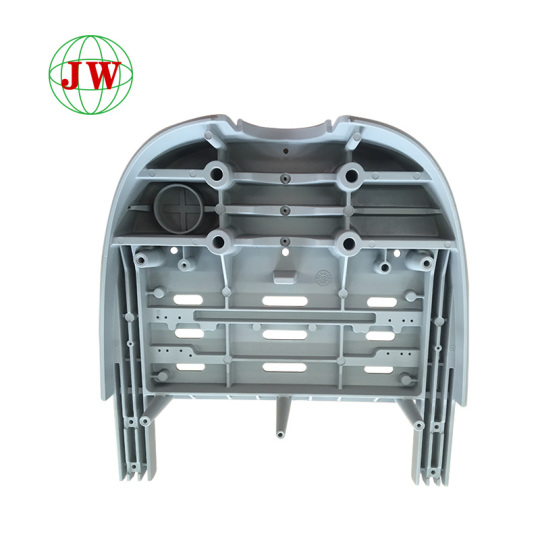Hot Products
About Us
Foshan Nanhai Jiawei Metal Products Co., Ltd. has a history of more than 30 years since its establishment in 1992, with strong economic strength. With the rapid development of business, the production scale has also been expanding. In the second half of 2001, the new plant began to be built, and was completed and put into operation in 2003. Now the company covers an area of 21800 square meters, including 9500 square meters of factory buildings, 780 square meters of office buildings and 2780 square meters of dormitories. There are 165 employees, including 46 engineers and technicians.
More
News
-
05/05-2024
Innovative Non-Toxic Cookware Revolutionizes Culinary ExperienceIn the dynamic culinary industry, manufacturers are responding to the demand for safe and efficient cookware. Aluminum die-cast and non-stick cookware, alongside BBQ accessories and Teflon pans, are at the forefront. The quest for the best nontoxic nonstick pan has led to revolutionary advancements. Our company leads this charge with premium nontoxic nonstick cookware, boasting durability, safety, and performance. From aluminum die-cast durability to superior non-stick coatings, our products redefine culinary excellence.
-
07/05-2025
Do you have any special requirements for the delivery time of furniture components?To meet your special requirements for furniture components' delivery time, we first understand your project deadlines, production schedules, and seasonal demands. Our automated production lines, efficient mold design, and JIT inventory system ensure quick manufacturing. We offer flexible delivery options: expedited shipping for urgent orders, regular scheduled deliveries for predictability, and bulk shipments for cost savings. Rigorous quality control ensures no compromise on standards, letting us reliably meet your timelines and support your supply chain needs.
-
07/04-2025
Do you want to know how we ensure environmental protection and sustainability in medical casting?To ensure environmental protection and sustainability in medical casting, we prioritize recycled materials like titanium and stainless steel, maintaining biocompatibility standards. Our energy-efficient processes use induction furnaces and renewable power, while precision die-casting minimizes waste with closed-loop recycling systems. Regular life cycle assessments drive continuous improvement in reducing carbon footprint. We collaborate with partners and educate staff to foster eco-friendly practices, balancing high-quality medical production with environmental responsibility.































